The next morning saw us bright and early at Shinji Suzuki’s wonderful garden. Everything about Mr. Suzuki’s garden spoke of taste and refinement, from the trees, to the garden environs, the pots…even the tea, and obligatory snacks, were tasteful and high class.
While most all of the nurseries we visited had at least one, if not several, Kichou(registered large bonsai masterpiece) or Miyabi(registered shohin and chuhin cultural treasure) Bonsai, At the Suzuki garden, there were nearly more Kichou bonsai than we saw the entire rest of the trip!
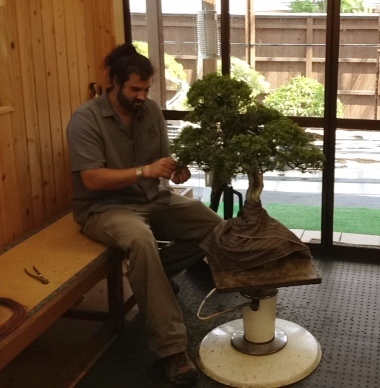
American apprentices Matt Reel and Tyler Sherrod hard at work. In addition to these two talented gentlemen, Michael Hagedorn was also a Deshi here, once upon a time.
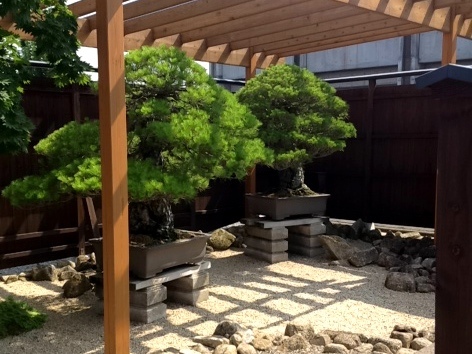
The first trees one sees upon entrance: those are NOT shohin. Around 5 feet tall, with the massive pots.
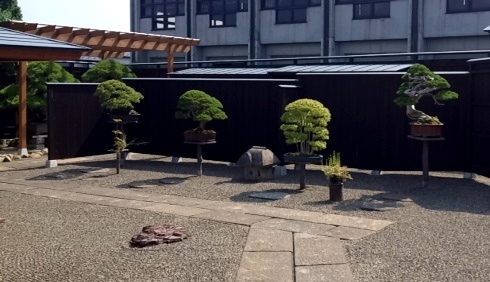
And, turning a corner…
A Few Bench Shots
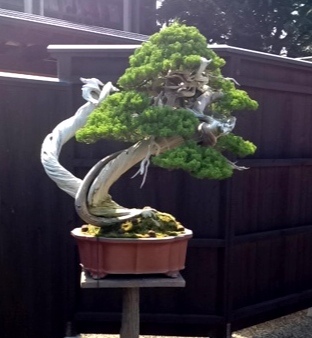
Refined Shimpaku with interesting Jin
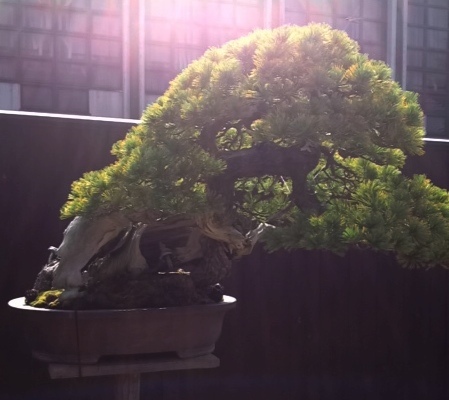
Massive Goyomatsu(white pine) with significant deadwood

A very famous White Pine, one of my all time favorites.
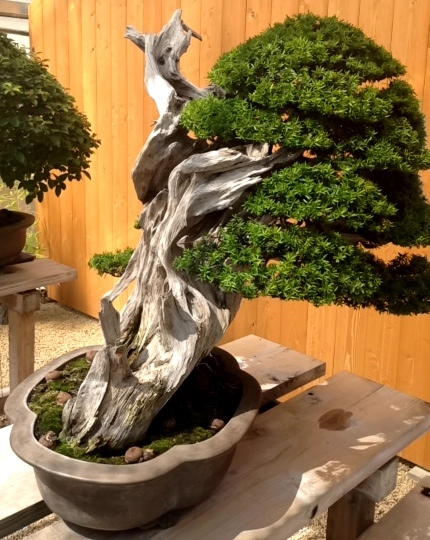
And from the side, the large Taxus above
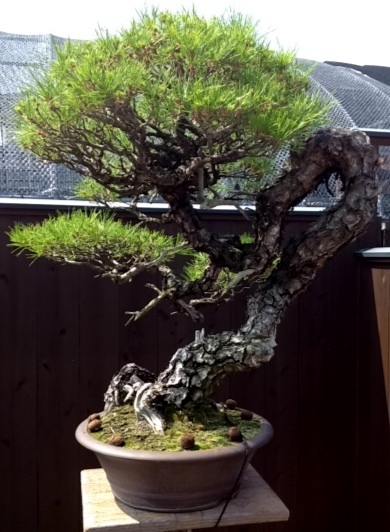
Unique and interesting Red pine
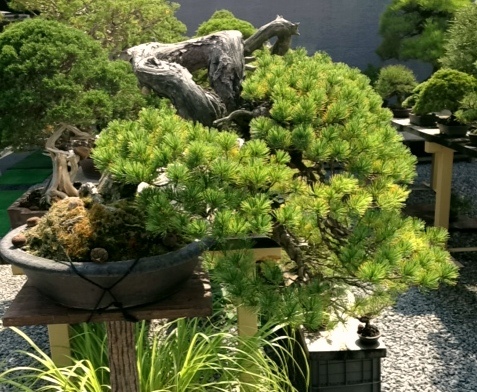
Interesting twisted White Pine
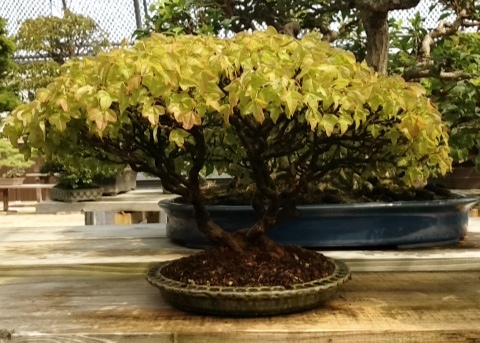
Old Shohin Trident in a famous Tofukuji Pot
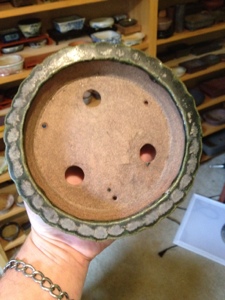
And the Echizen Hosui in my collection that is an homage to the above Tofukuji

One of my favorite trees of the day 😉
There, at random on one of the benches, a tiny Mame bonsai of no great importance
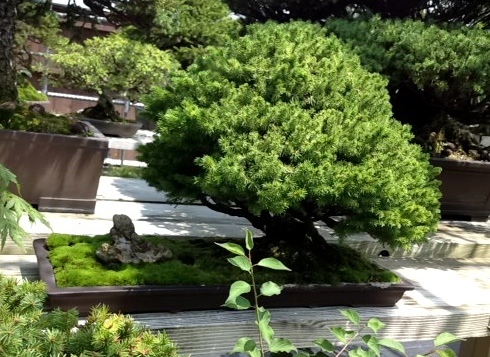
Interesting tray planting of spruce and a stone
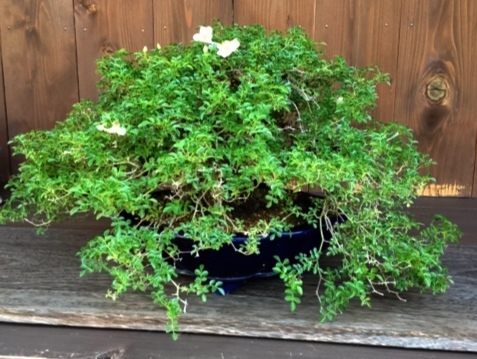
And we’ll finish up our look at some of the trees at Suzuki San’s garden with this shohin Dwarf Rose, popping a couple of blooms for out visit.
Some Close Ups
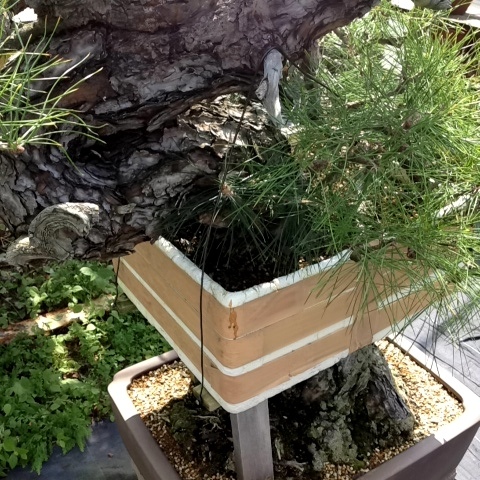
A massive pine undergoes an air layer
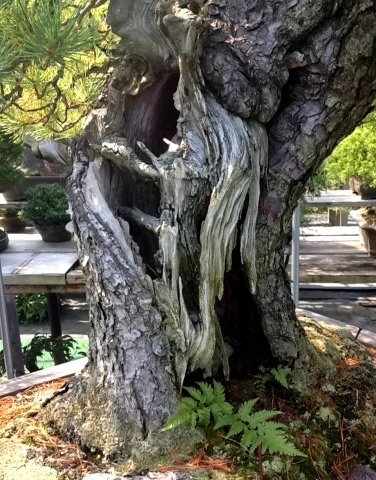
Famous Sabamiki on a White Pine

Bark an base detail on Iwashide(hornbeam)
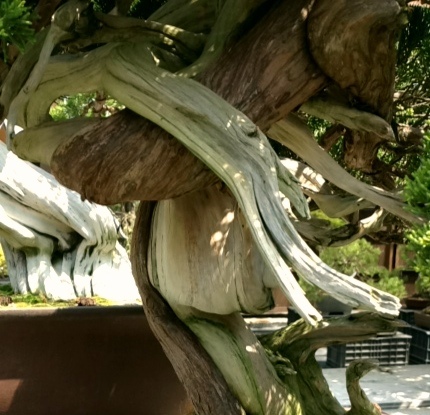
Twisty Shimpaku and Jin detail
Shoujuen
After leaving Suzuki San’s garden, we were taken to Shoukuen, the garden of Takashii Iura, and his father before him. Iura San was very kind and welcoming, and the garden…well….it was beyond cool. Iura San’s father specialized in the collecting and grafting of Yamadori, and like many who specialized in this, his son went on to specialize in training and styling these trees, with Takeo Kawabe.
There were many many trees at Shoujuen, in varying states of completion, from raw stock Tohaku, Tosho, and Yews getting their first grafts, to some of my favorite refined bonsai of all time.
Iura was very kind in allowing us to hang out for half the day, despite the oppressive heat, and took us out for a very nice lunch of Sushi and Sashimi. He’ll be at the Mid Atlantic Bonsai Society spring convention this year, so keep an eye out for him.
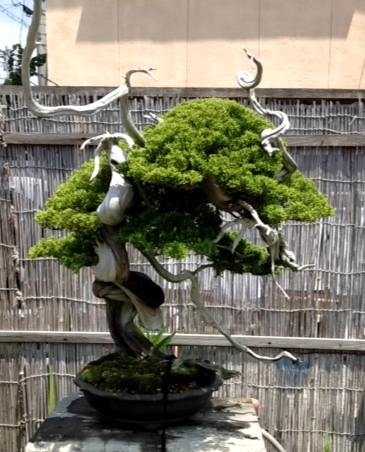
The above two are two of my favorite Junipers of all time: Raijin and Fujin, the gods of thunder and lightning, and Wind, respectively.
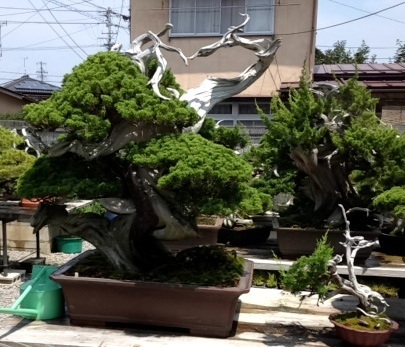
Massively impressive Shimpaku. Like most, these started as either Tohaku or Tosho, and have had their “clothing changed” to finer Itoigawa or Kishu foliage.
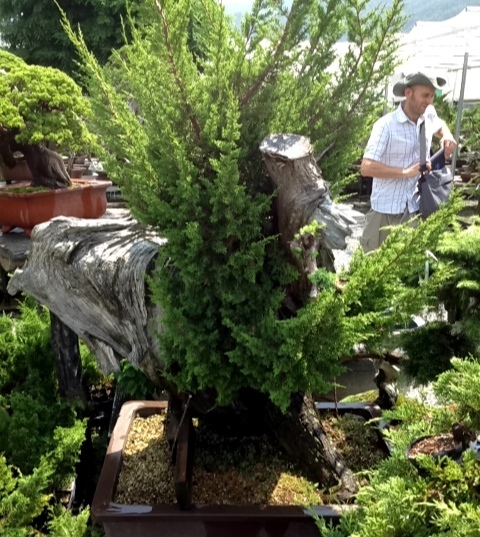
A massive collected Juniper undergoing
“clothing change”. That’s Peter Warren there to the right. He was a real trooper dealing with us in this trip, and looks a lot better than we all felt by this time on the trip.

Some impressive Junipers, all grafted with finer foliage
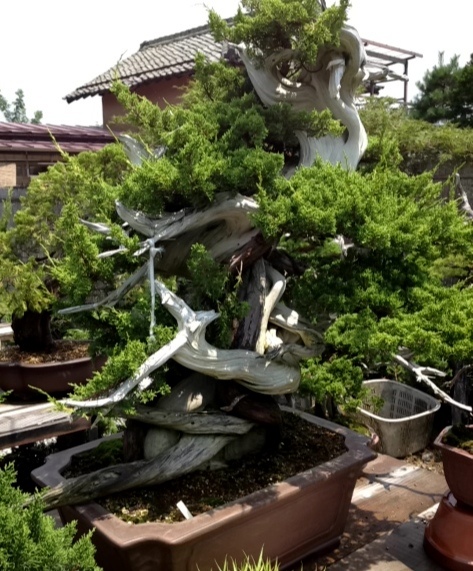
Massive Shimpaku with grafted foliage
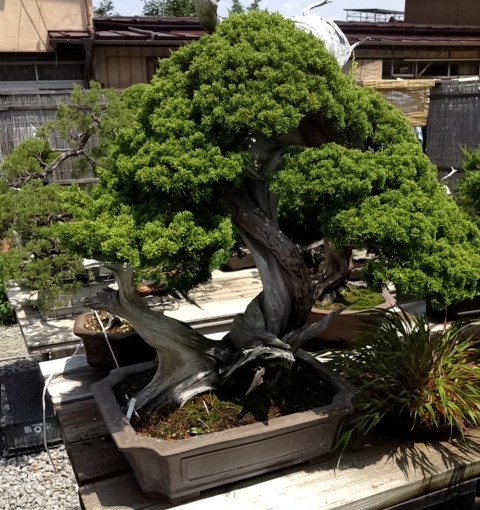
Some large and impressively twisty yamadori Junipers
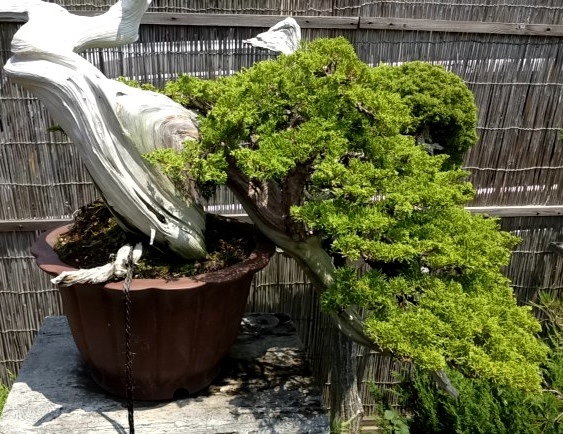
Semi-cascade Shimpaku with fan-style deadwood
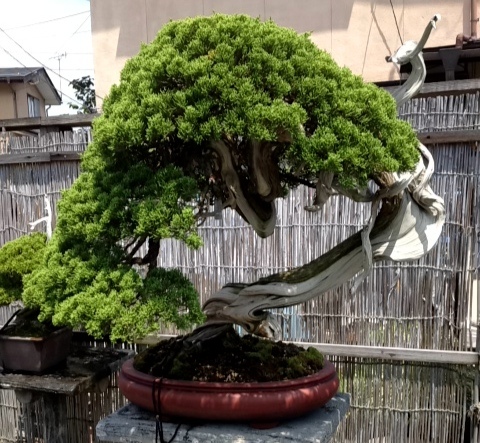
Impressive and elegant Shimpaku
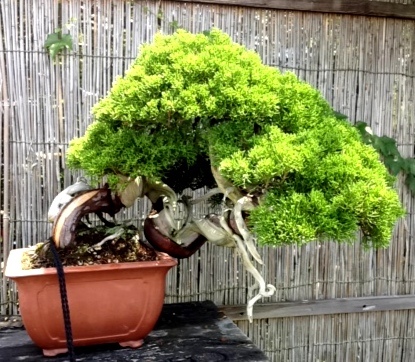
Super twisty yamadori Shimpaku
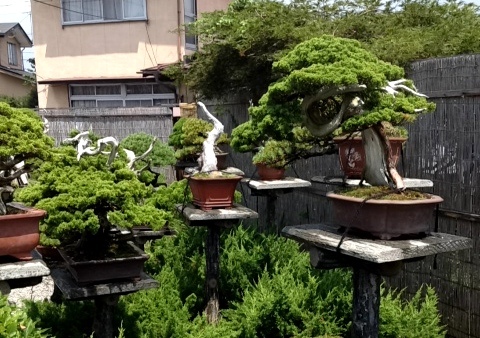
Impressive Shinpaku on poles throughout the garden

In the back, benches upon benches of yamadori undergoing grafting
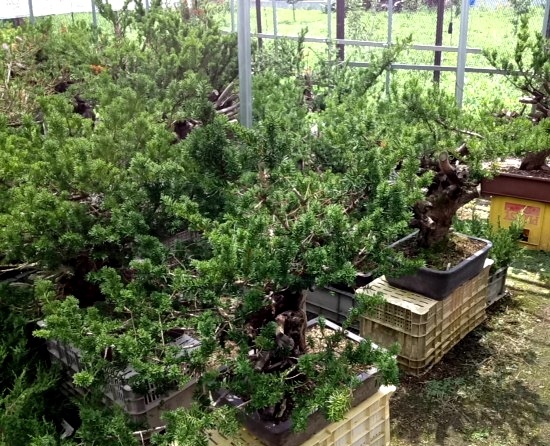
Further back, in the greenhouse, many massive Yews in development
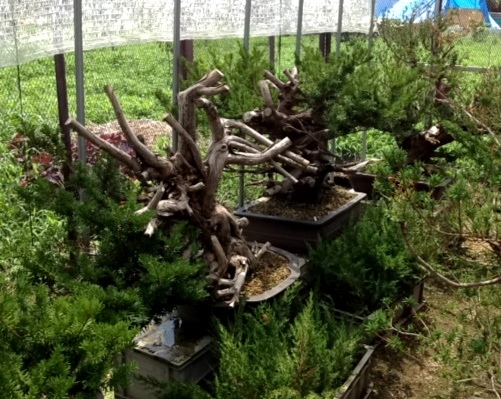
More yews undergoing grafting and rough styling
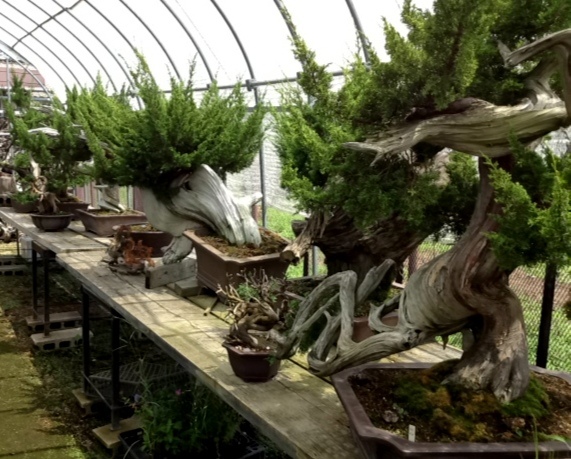
Shimpaku in the process of grafting
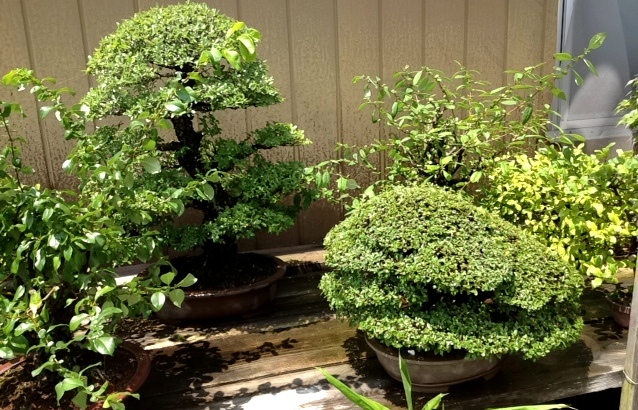
Some lonely Deciduous bonsai 😉
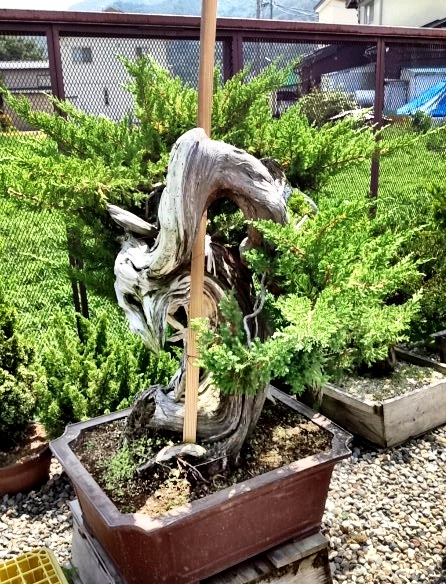
A Prostrata juniper being transformed into a Shinpaku. The pots for the scions are visible, as is the original foliage.
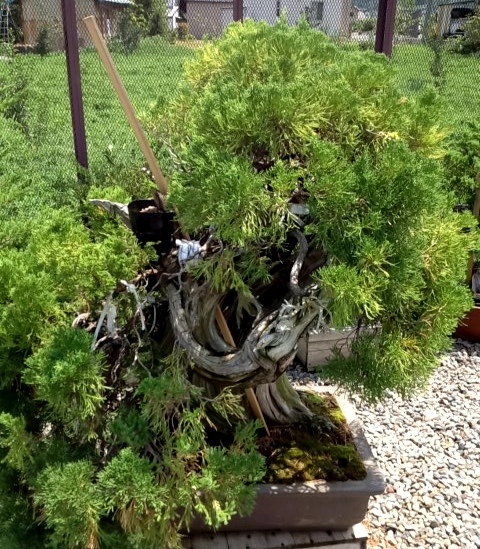
A massive juniper with terrible foliage is being transformed with grafts.
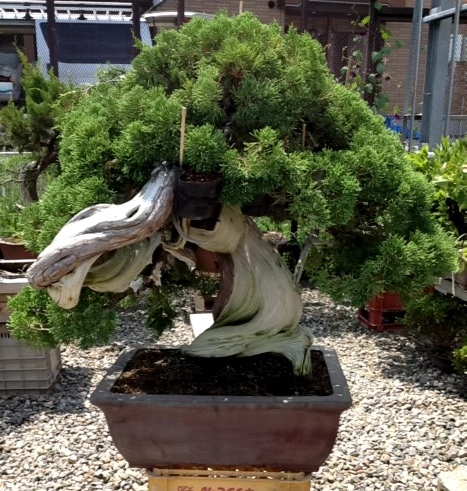
A very famous juniper. I was wondering where it was when first arrived at Shunka-en. Here, being grafted for improvement. Even the most famous and refined trees are continually being improved upon in Japan.
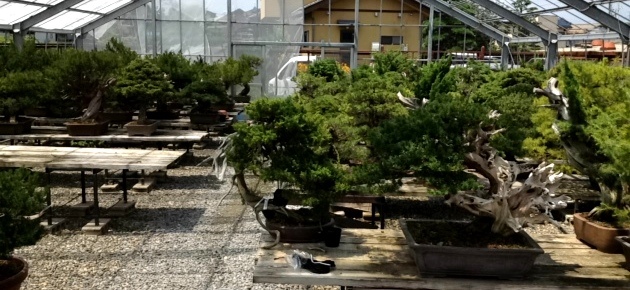
From the middle of thorough stock area
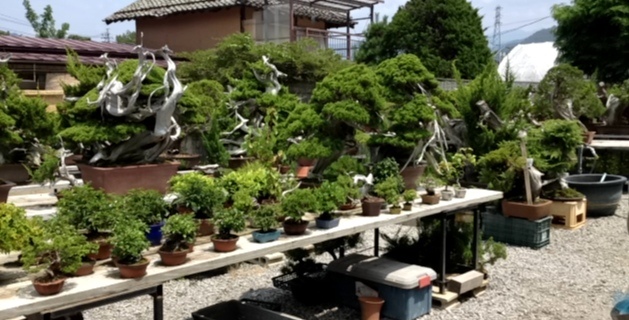
From the front gate…
Close Ups
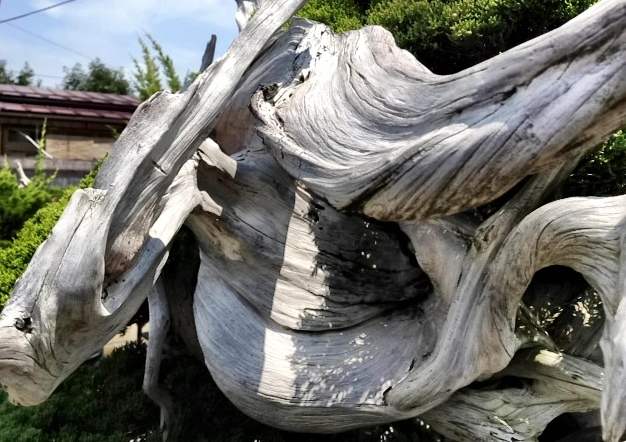
The incredible Ten-Jin and deadwood of Fujin. For some better shots, check out Peter Tea’s visit:
Peter Teas Visit to Shoujuen
Thanks for reading! Next up, we visit Shunkaen and Akiyama San, then Morimae San and Yoruzuen, and, finally, Pottery Journal 1 and 2.
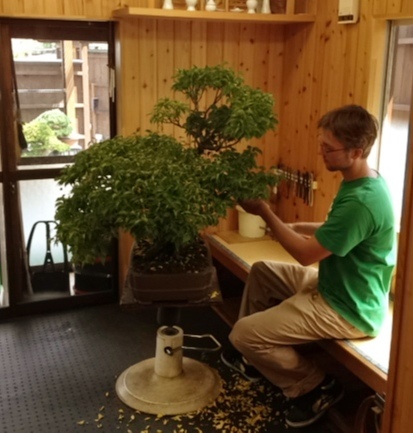
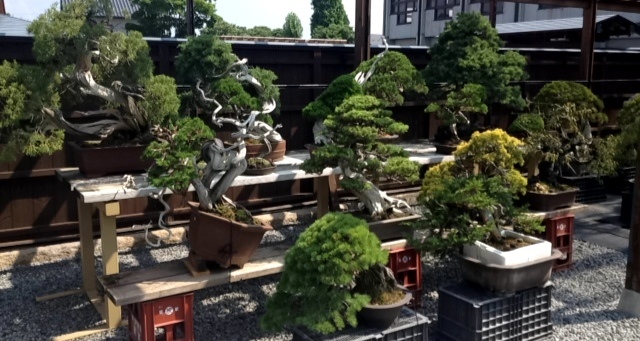
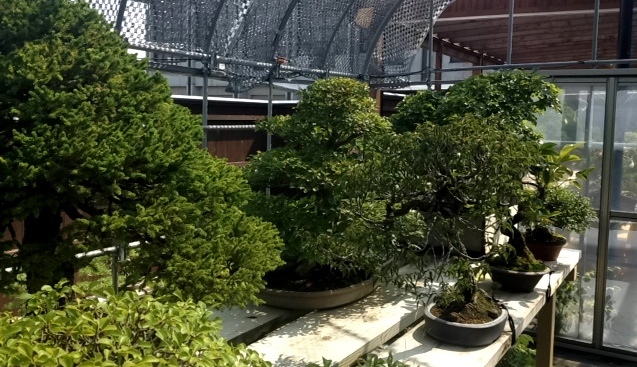
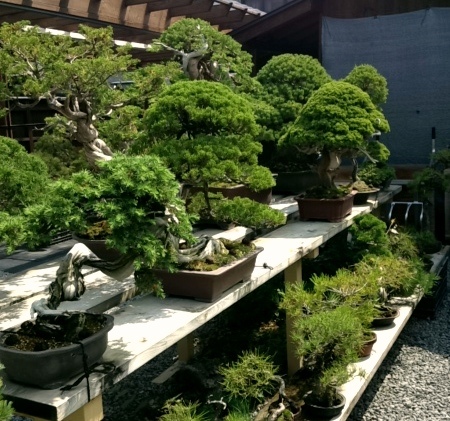
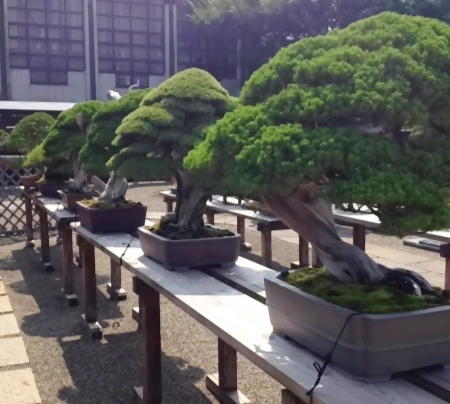
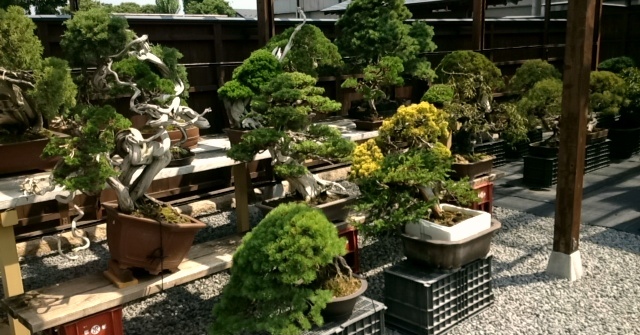
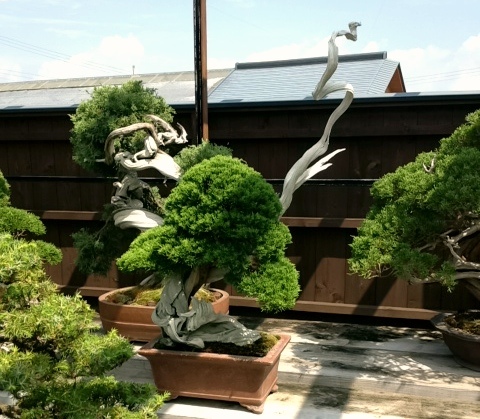
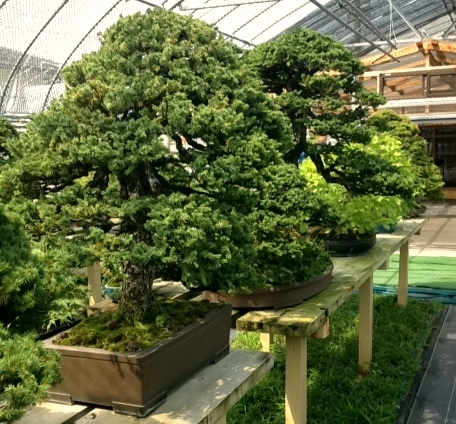
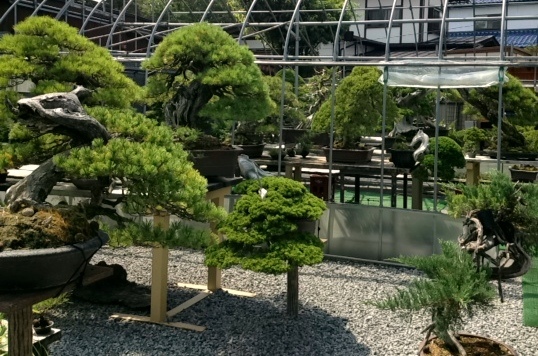
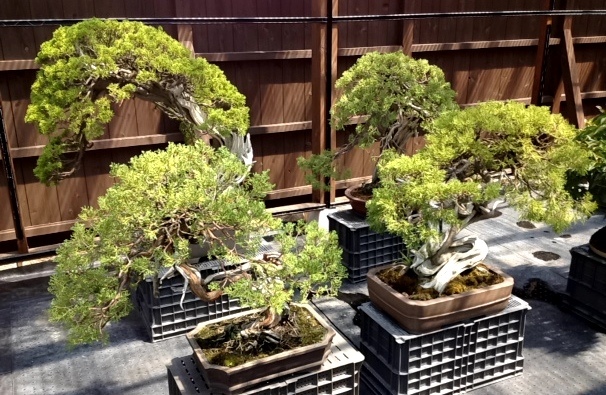
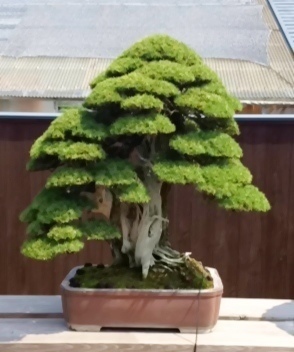
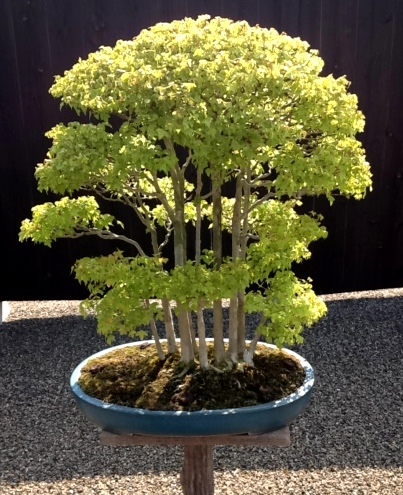
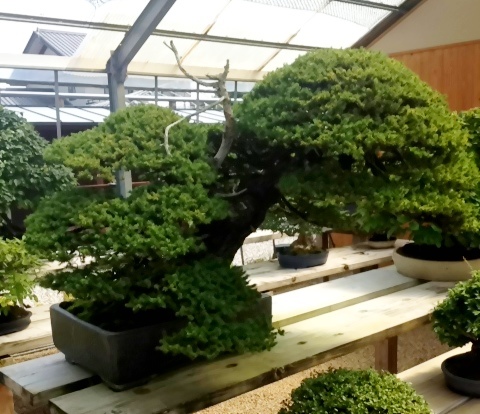
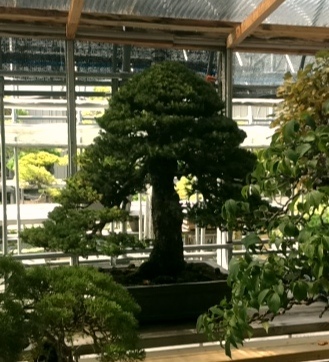
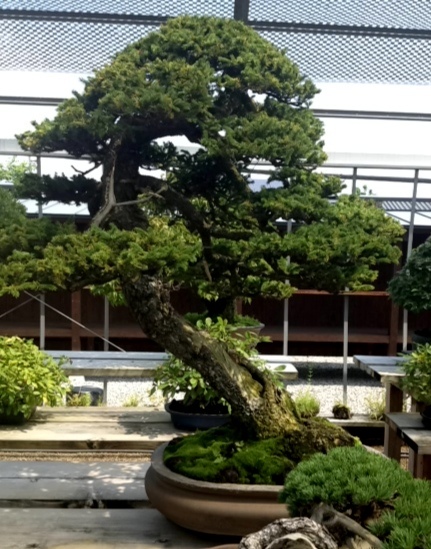
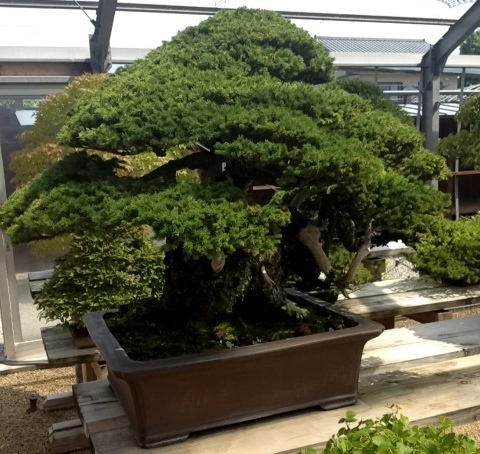

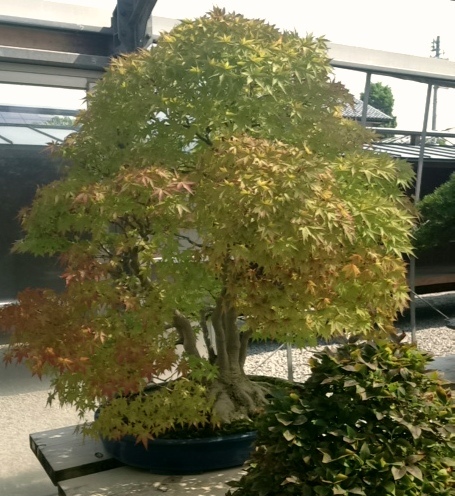
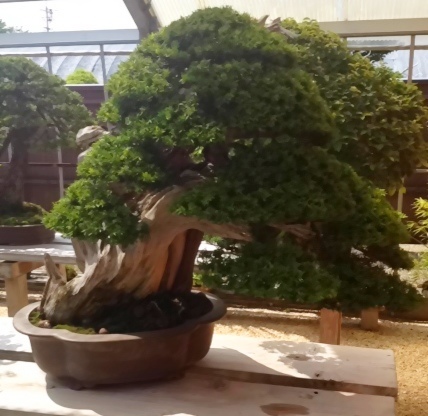
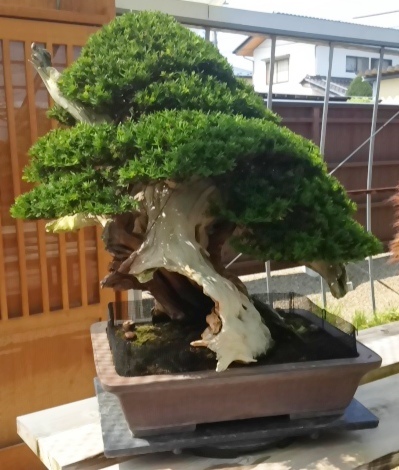
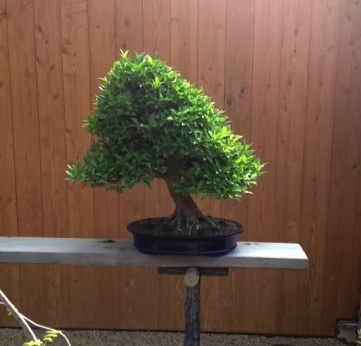
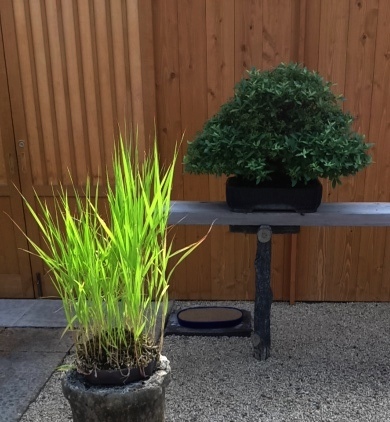
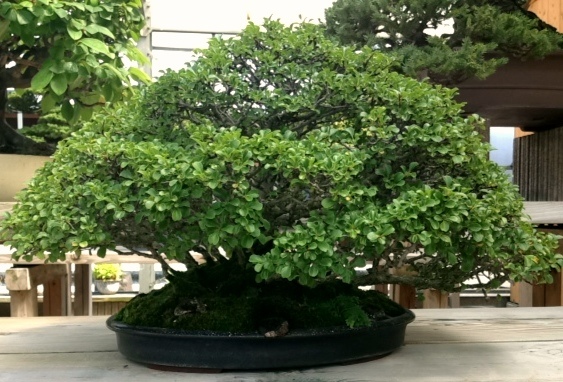

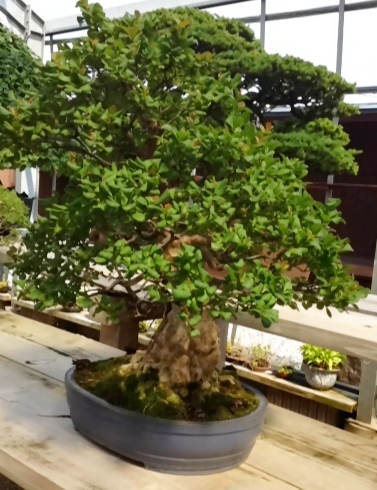
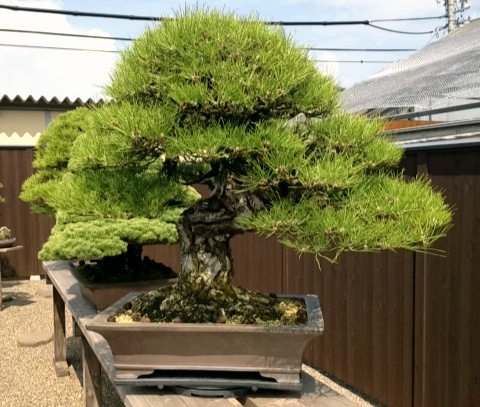
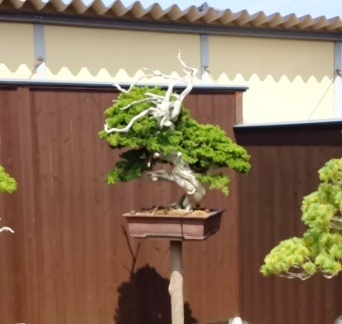


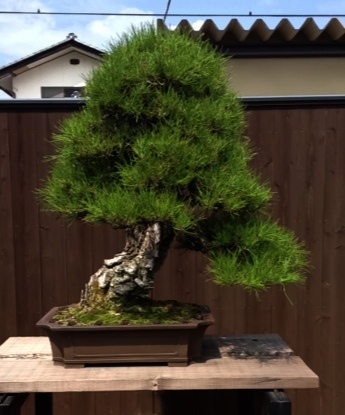
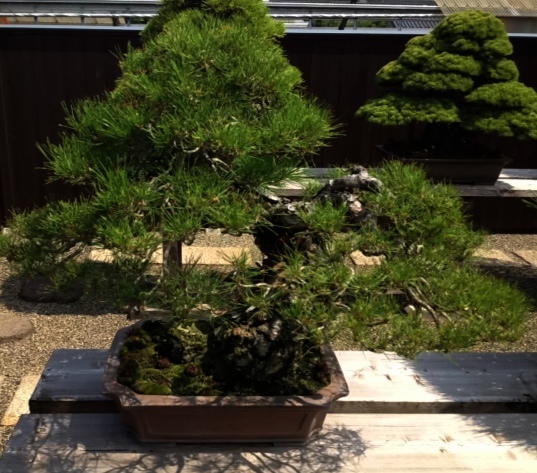
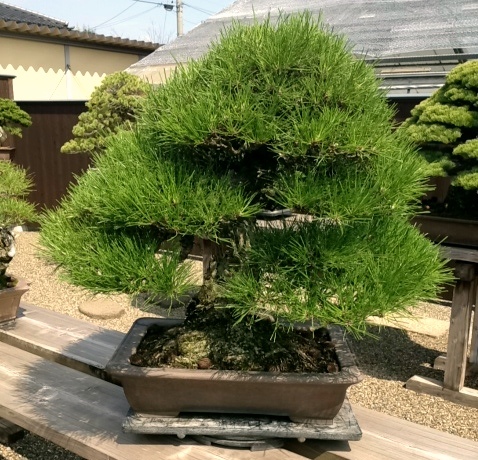
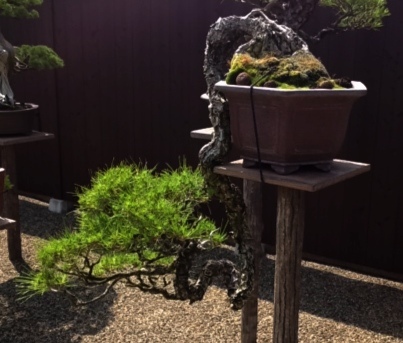
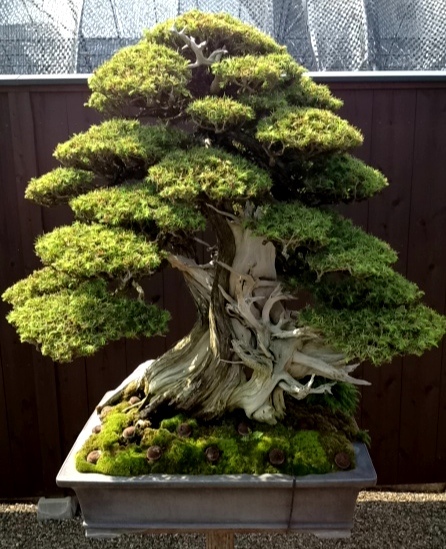
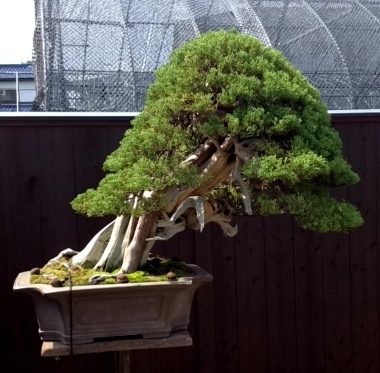
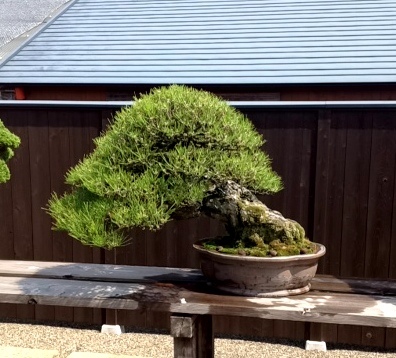
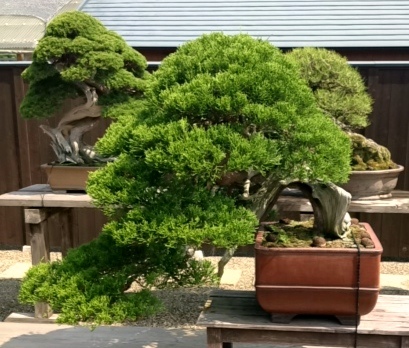
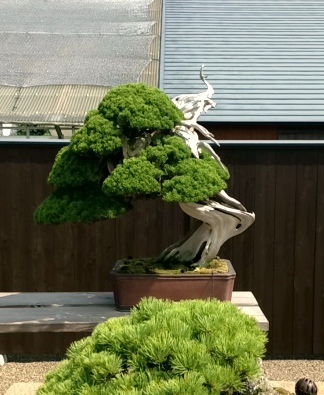
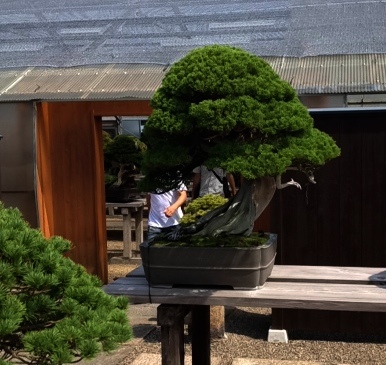
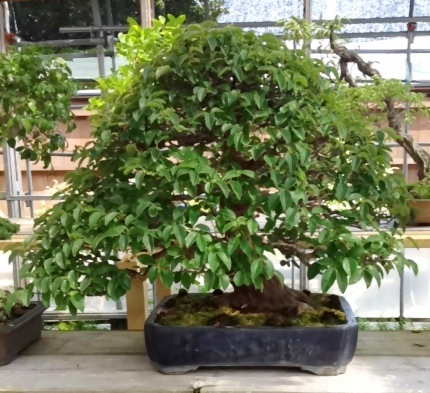
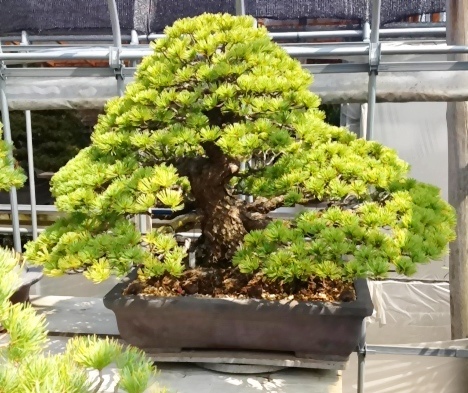
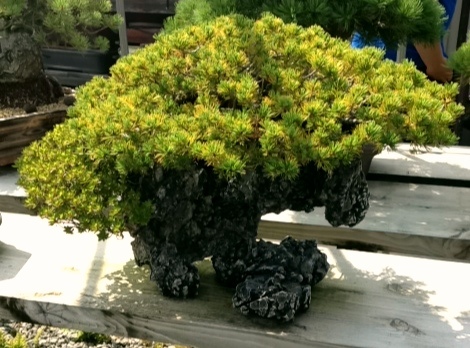

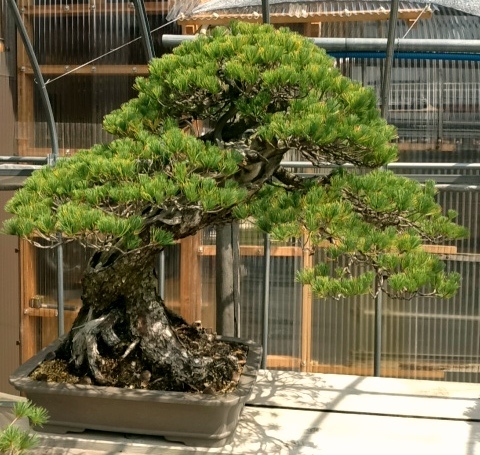
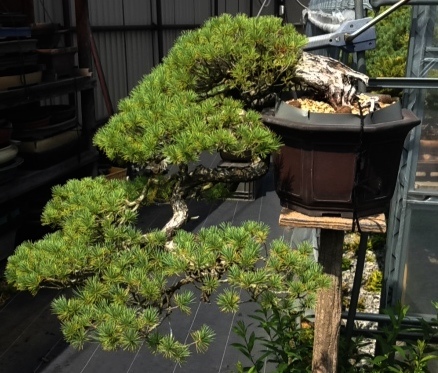
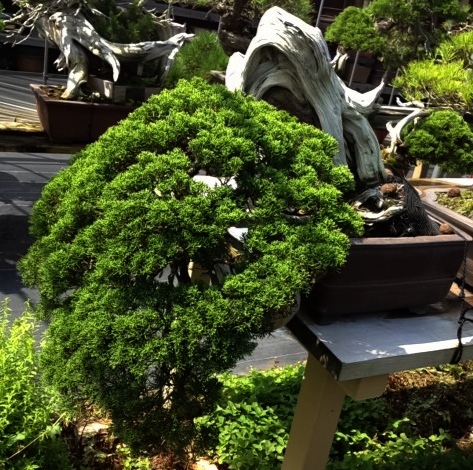
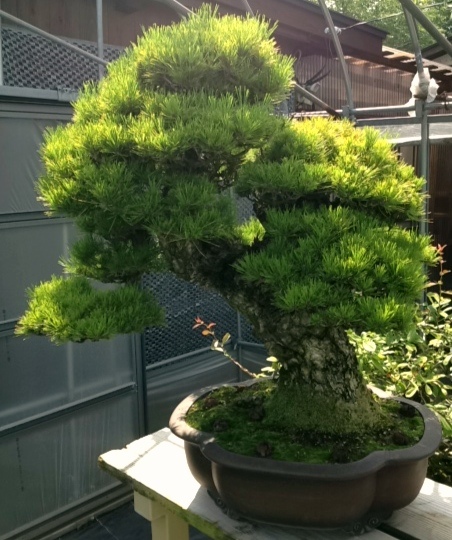
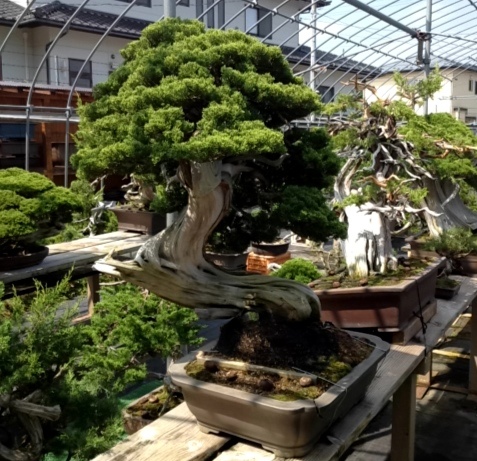
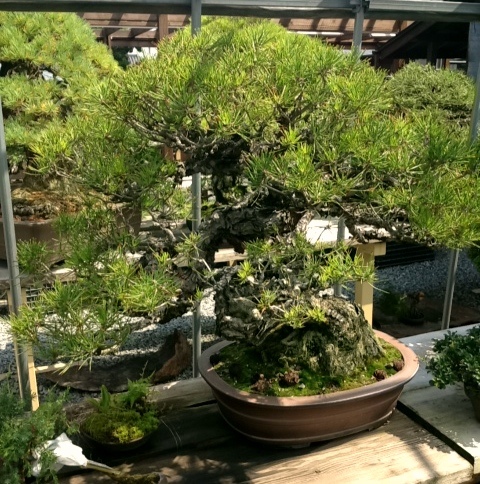
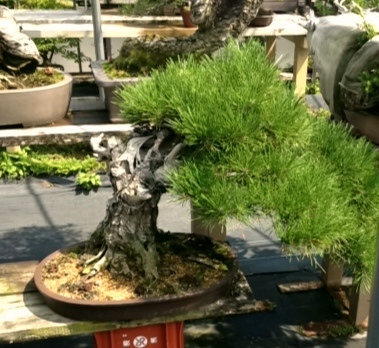
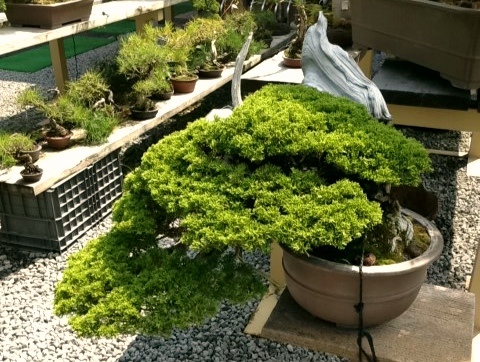
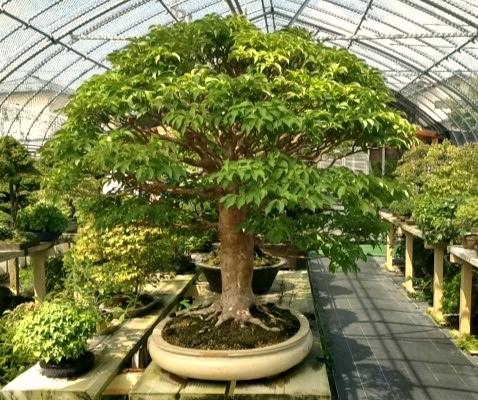
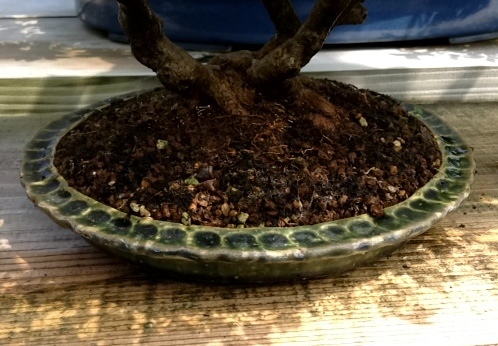
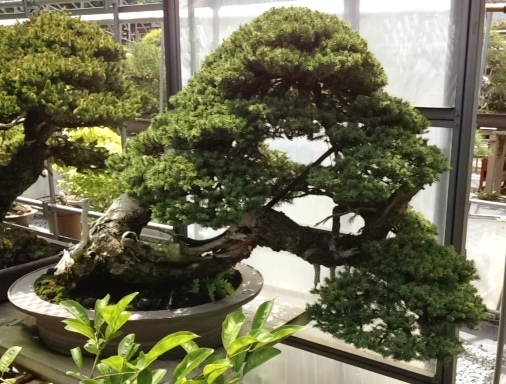

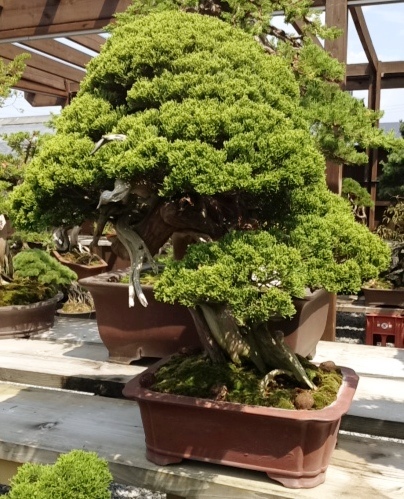
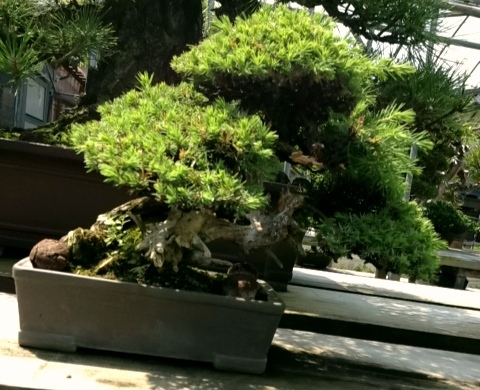

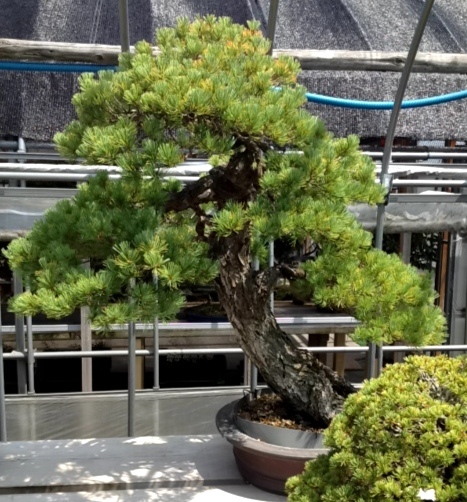

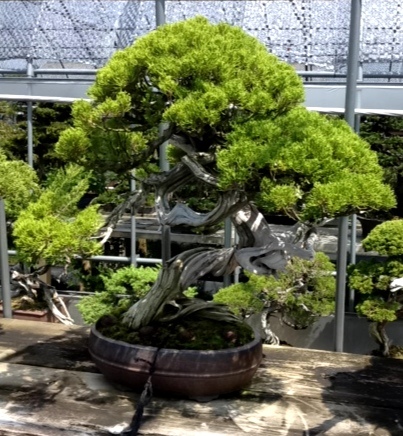
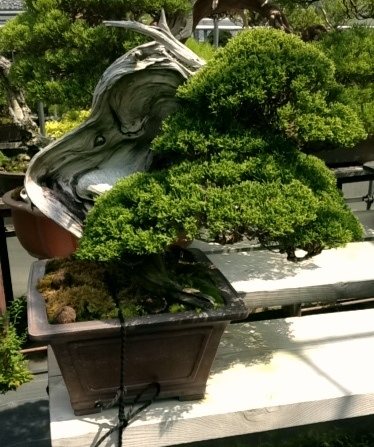

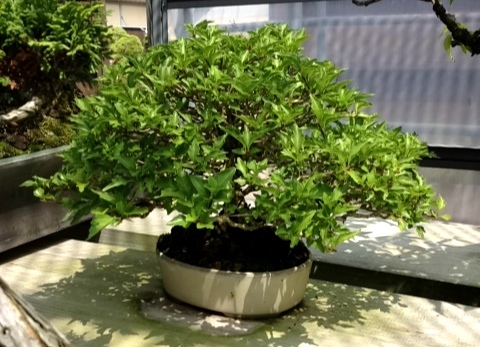


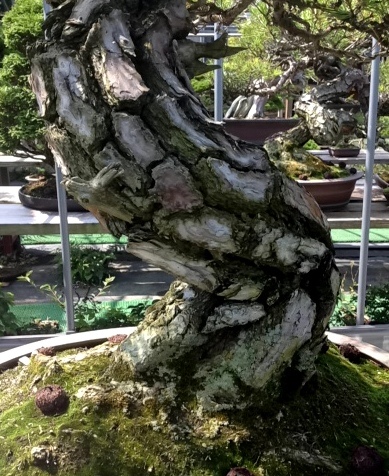
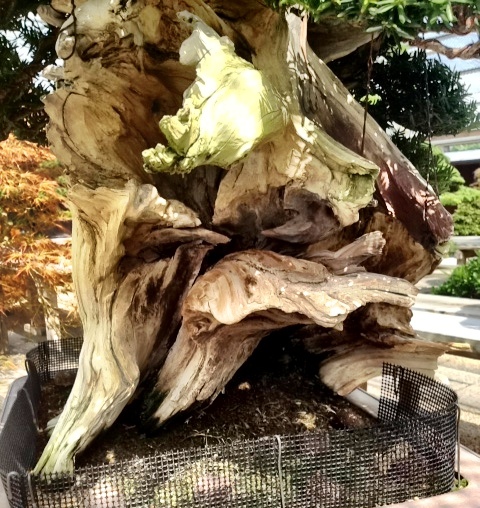
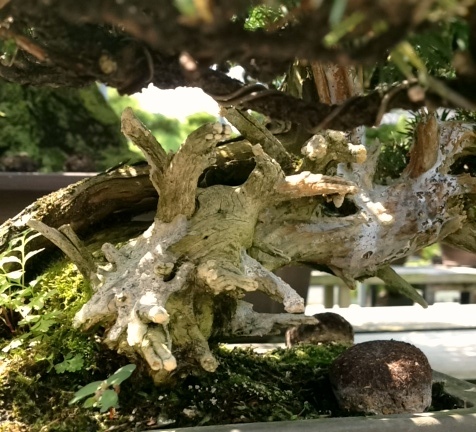
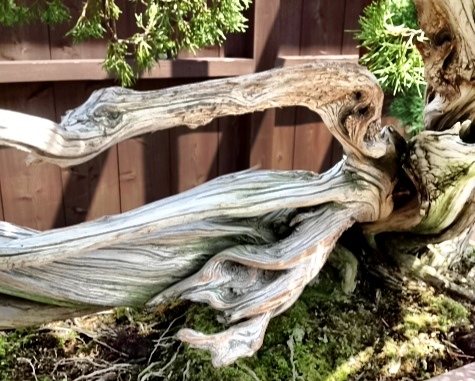
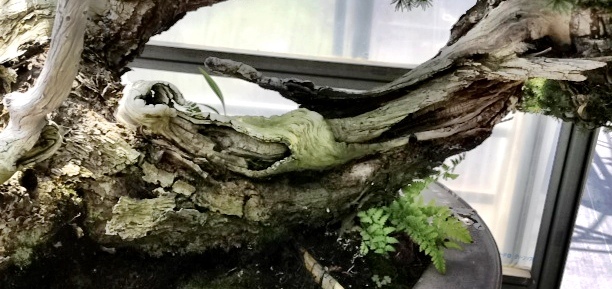
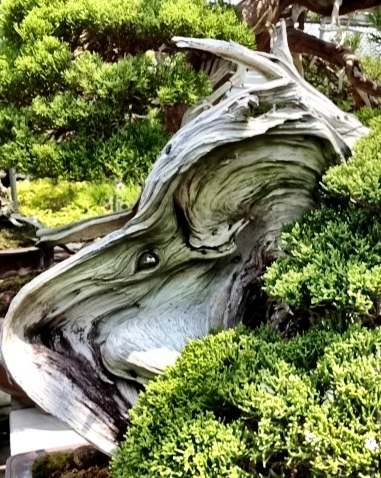
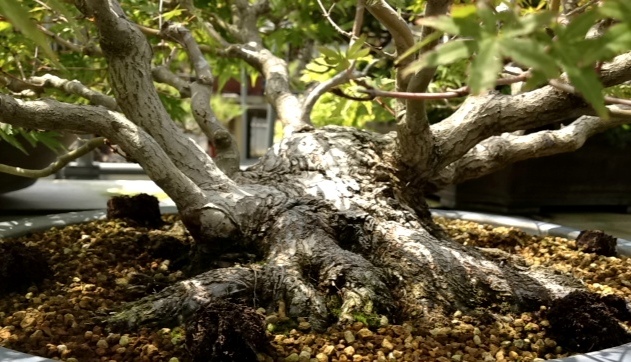
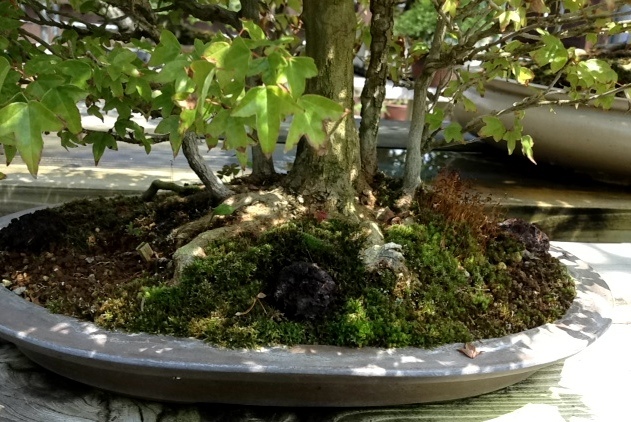
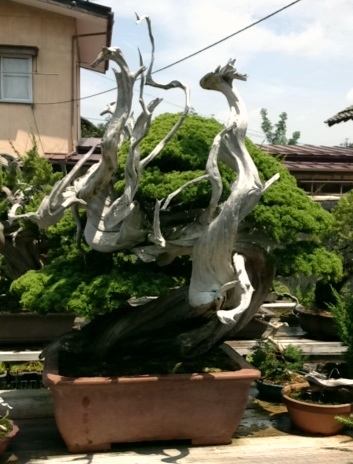
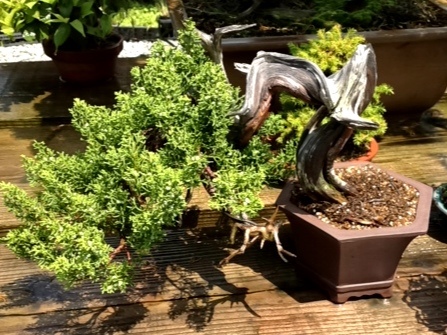
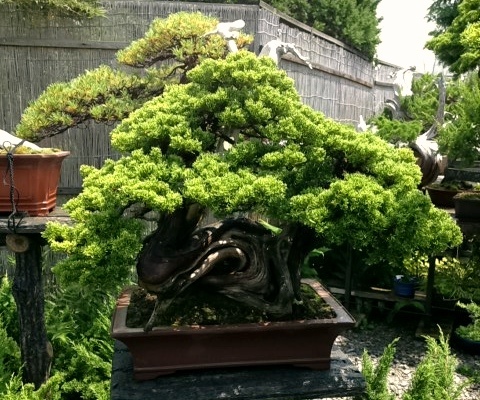
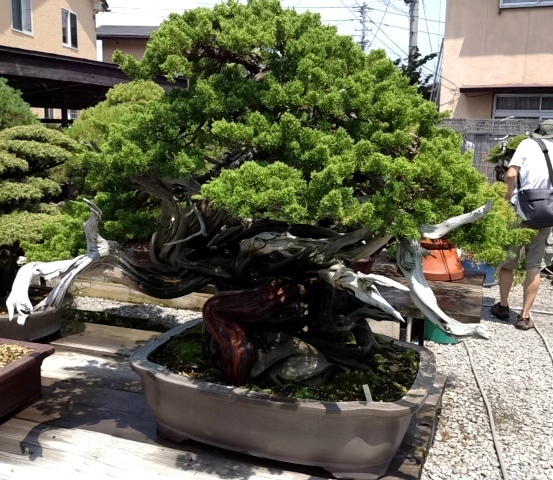
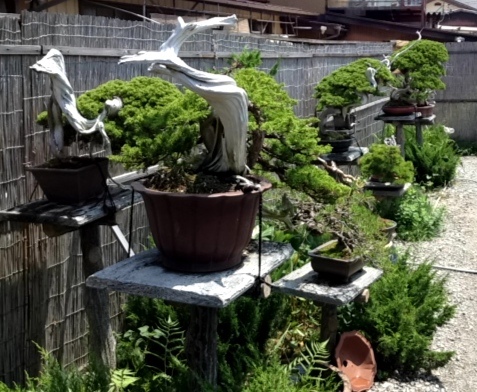
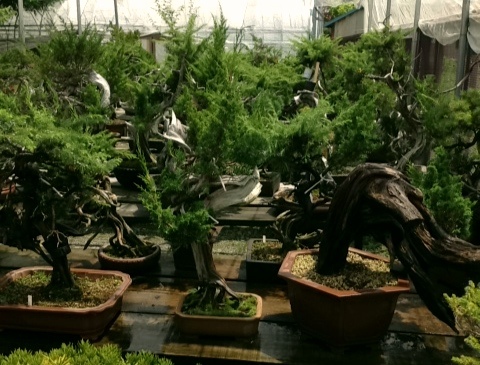
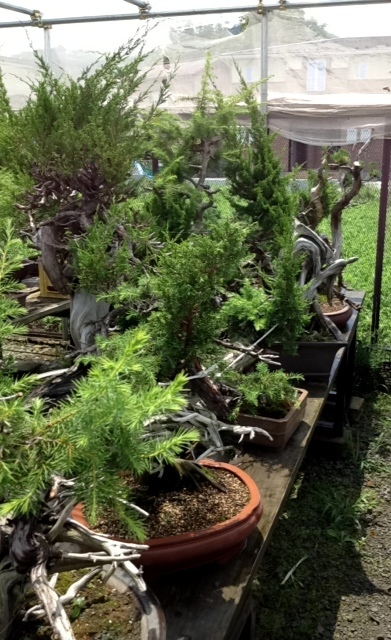
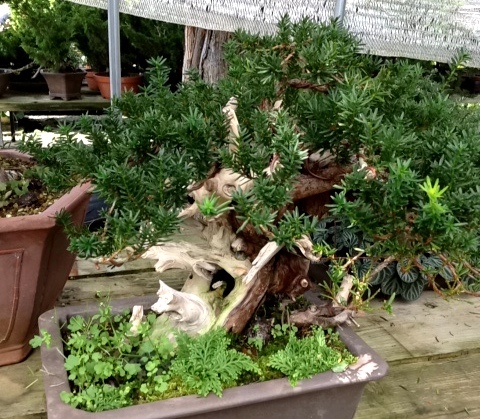
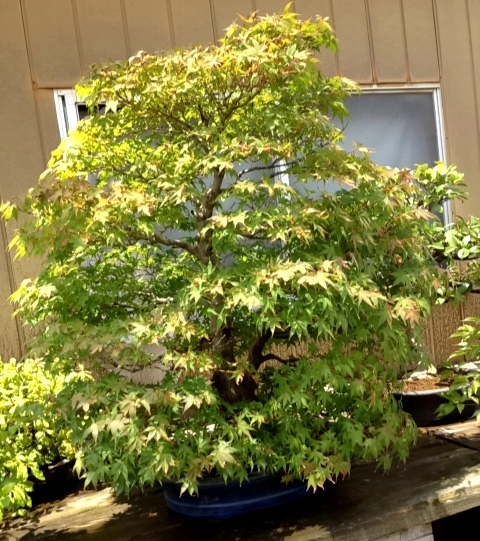
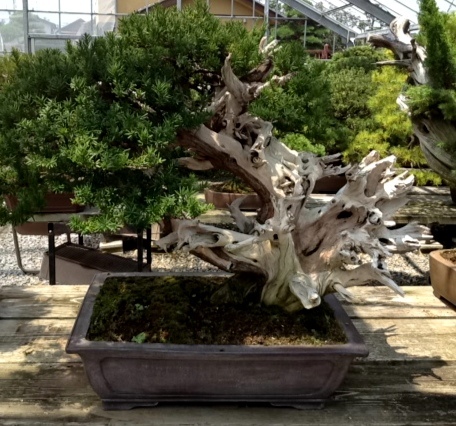
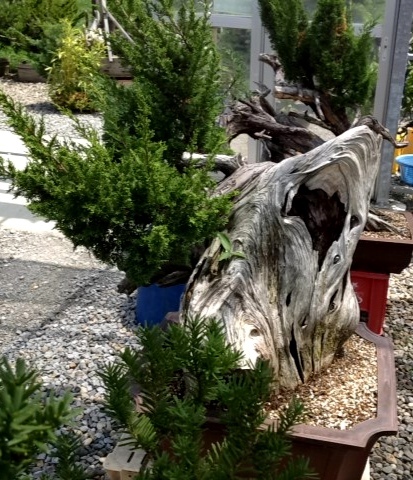
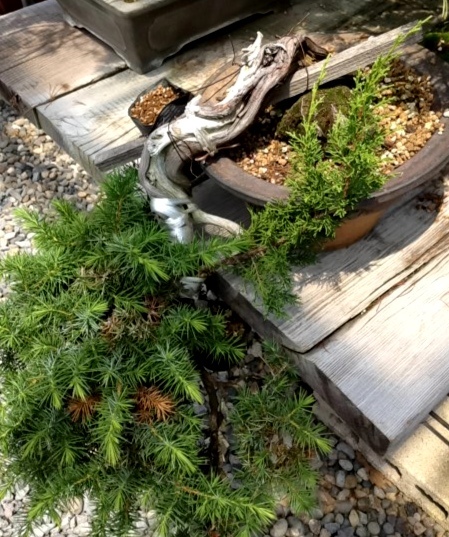
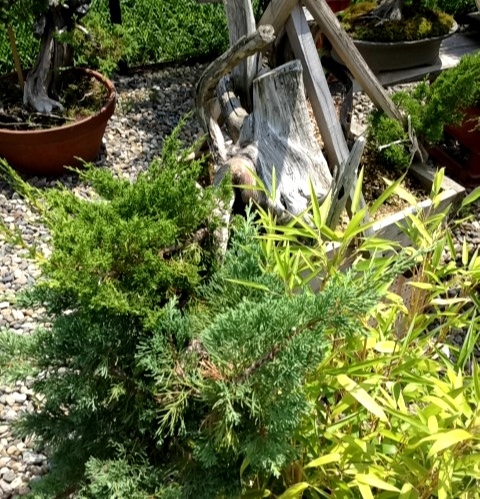
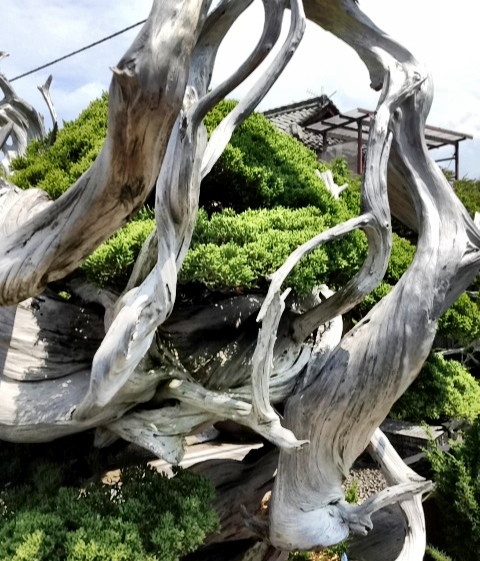
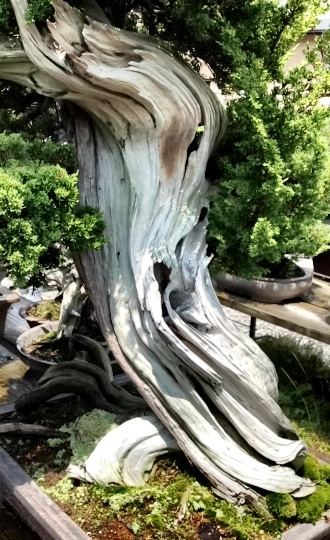
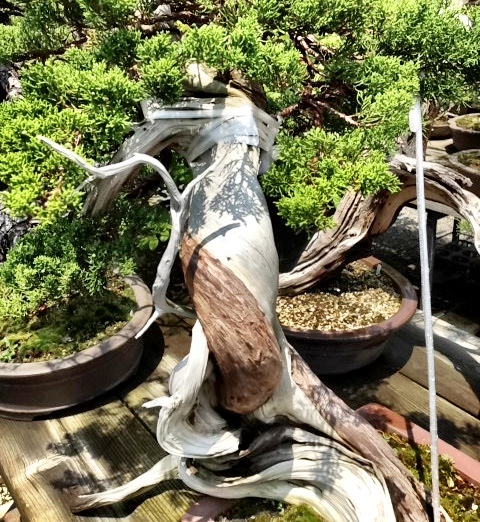
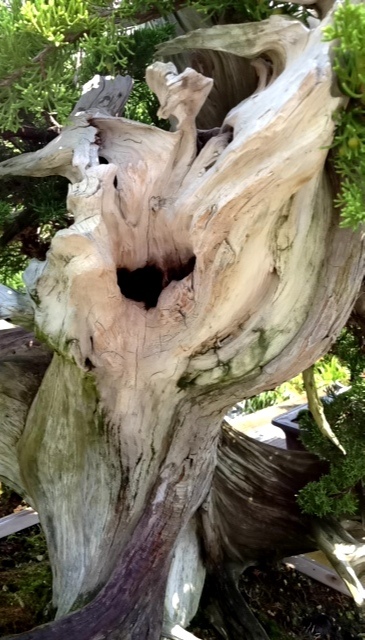
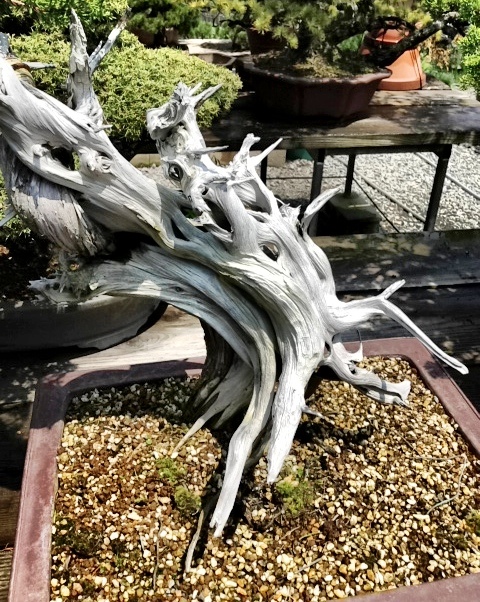
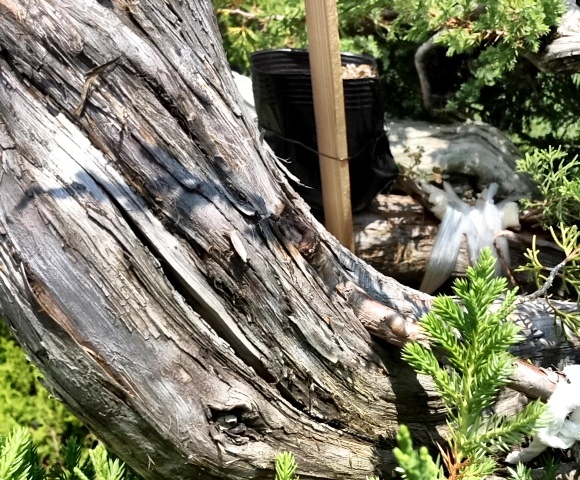
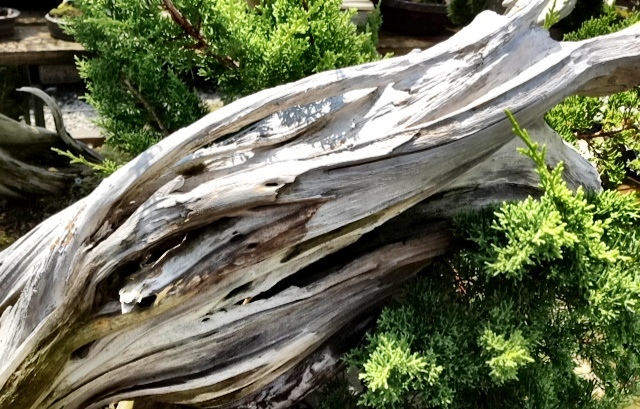
L’ha ribloggato su Kitora no doe ha commentato:
Add your thoughts here… (optional)
Awesome Photos! Thanks for sharing!
Such a treat to see all these great pics, thanks!!!
Reblogged this on Bonsai Eejit.
Thanks Ryan!
I have to ask… there seems to be a lot of relatively new yamadori coming into Shoujuen. Is the yamadori shortage in Japan exaggerated, or is it just that this guy gets all the good stuff?
Aaron,
Two things. One: what shortage? While Yamadori collecting in most of Japan is prohibited, there are still many many trees that were collected during the last half century. There’s certainly not as material left out there to collect as in North America, but there’s 10 times more available collected material.
Two: as I indicated in the article, Iura San’s father was a famous collector. Many, if not most, of these trees were collected by Iura San’s years, if not decades, ago(as I understand it). Theyre just now coming to be grafted and refined.
Thanks for the shots of the ‘working’ area. I especially appreciated the one with the weeds in the pot. Question: It looks like there is no pot (or a pot made to look just like bark) for the White Pine ishitzuke. Can you tell me more? Thanks
Thanks for the comment. “Ishizuke” means rock planting. The white pine is planted on a coarse piece of stone. The stone is the pot. For show, it would probably be placed in a Suiban, but not necessarily; I have seen them without.
Thanks for the tour! You’ve whet my appetite for my visit in February 😉